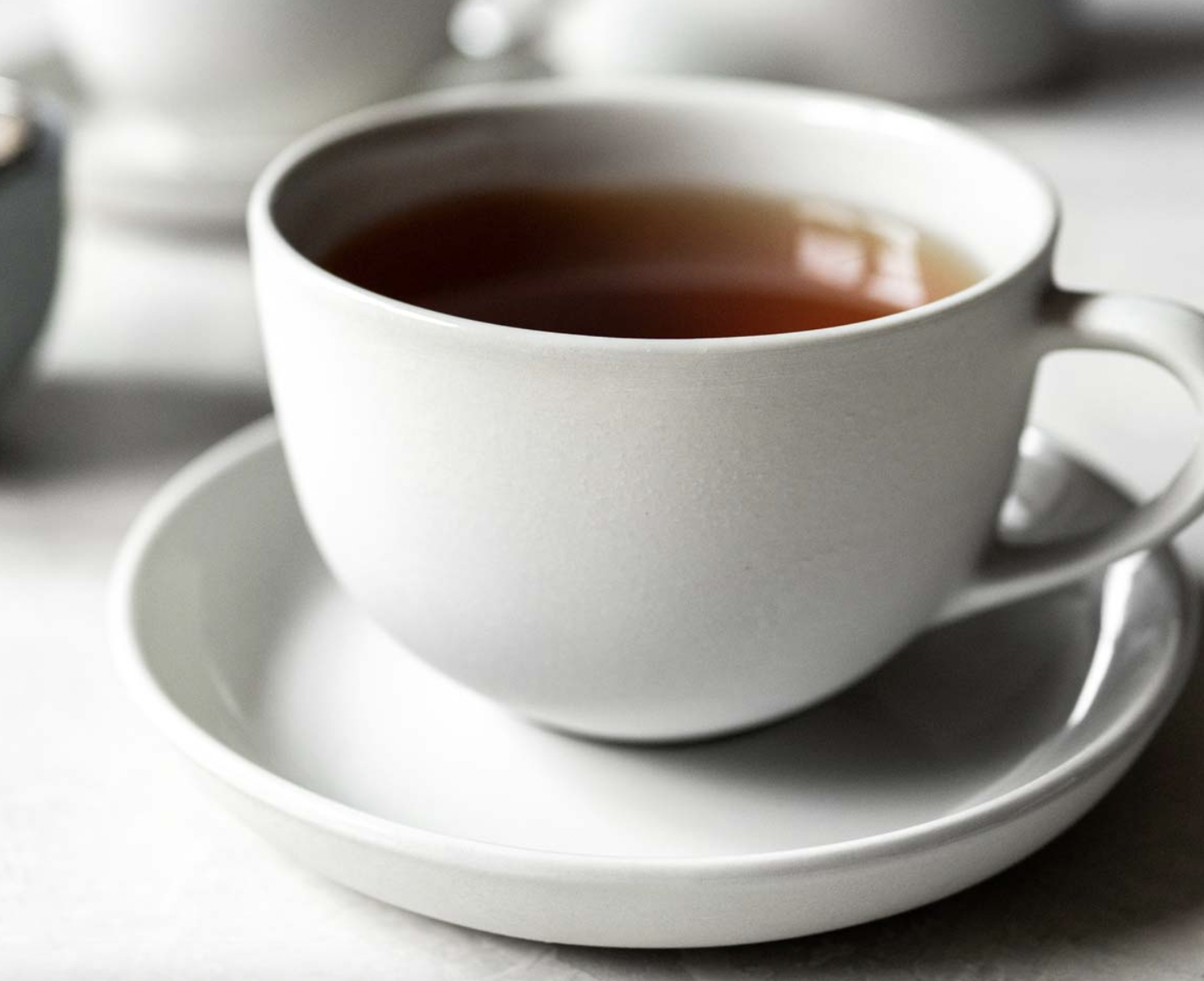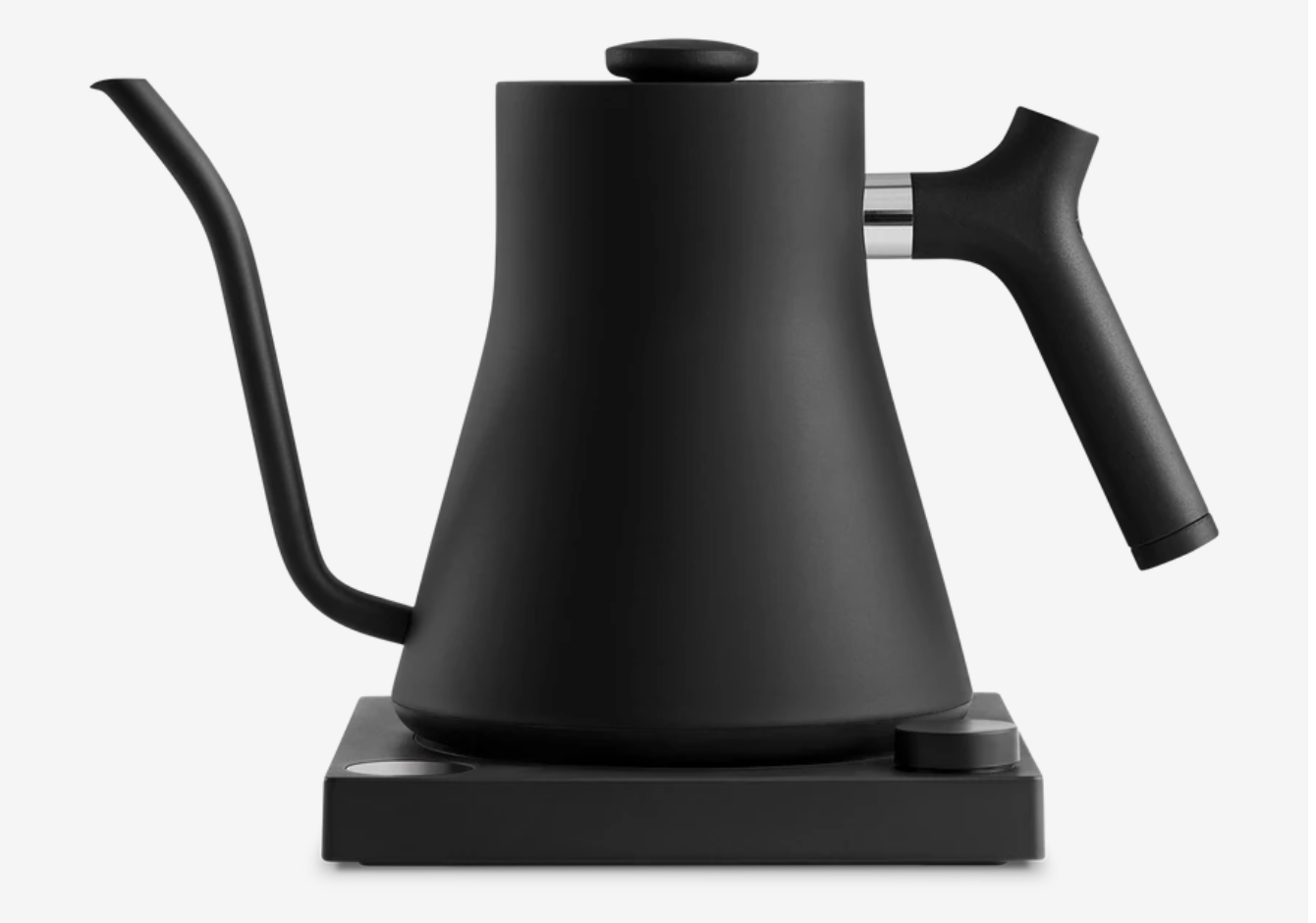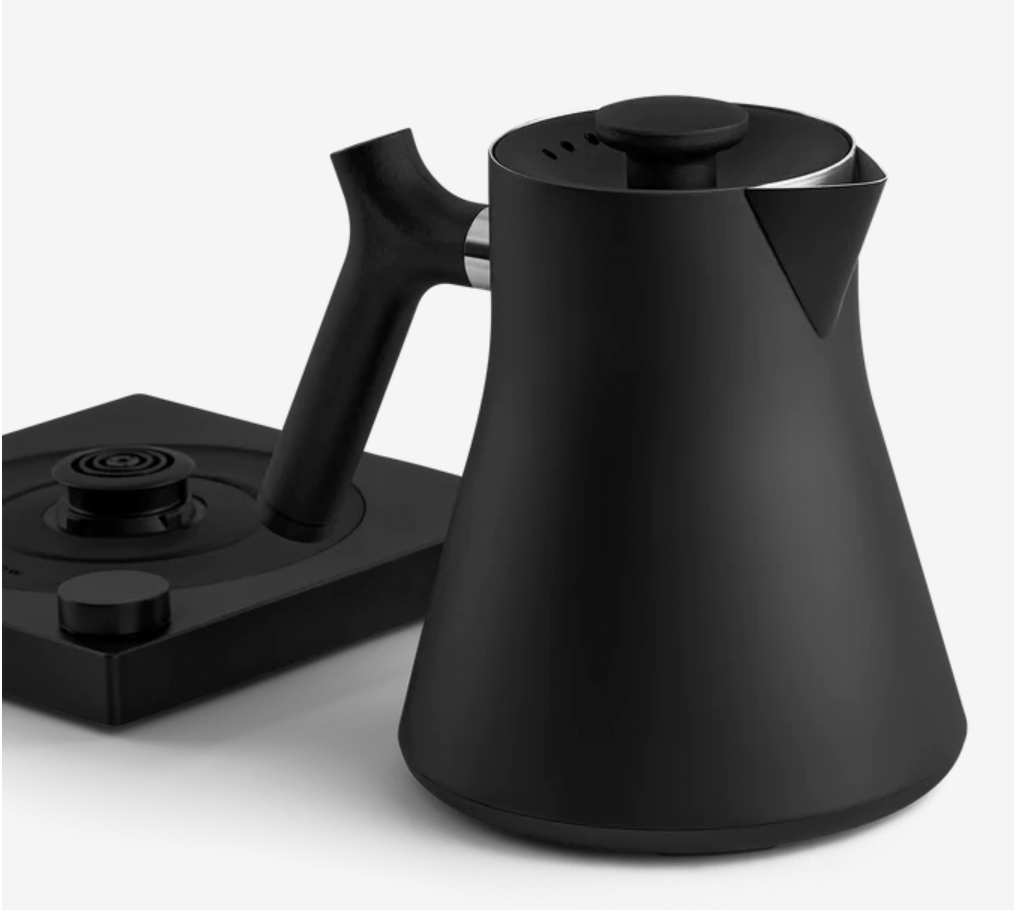Tea Begins with Water – And Temperature Matters
By Chef David
To a tea lover, a well-made cup of tea takes more than putting a tea bag into a cup of boiling water. The practice of preparing tea is ritualized in a ceremonial way which is linked to mindfulness, reflection, and intention. Tea was traditionally served in monasteries to encourage a state of focus, clarity, and balance. Why tea? It could be that the process of brewing tea can’t be rushed, forcing the drinker to slow down, savoring the fragrance, and flavors. Sipping slowly can settle your mind and promote relaxation.
Why Tea is Relaxing
Traditional tea is made of leaves from the camellia sinensis plant, an evergreen tree native to rocky, mountainous regions of China and India. Left uncultivated, these trees grow to 50 feet tall, for tea gardens they are pruned into bushy rows to make harvesting easier. Even today most tea is picked by hand. The art of tea making involves tea leaf oxidation, and dehydration, during which the leaf goes from green, to yellow, amber to red, and finally brown depending on the desired variety.
Tea leaves contain caffeine and l-theanine. l-theanine is an amino acid, associated with aiding relaxation and promoting stress relief by stimulating alpha waves in the brain. Combined with caffeine it increases clarity, focus, and mental performance.
Matcha, a type of powdered green tea traditionally drunk in Japan, is especially high in l-theanine. Long associated with the meditative rituals of the Japanese tea ceremony and Buddhist monastic life, matcha is sometimes said to produce a kind of “body high” clearing the mind while relaxing the body.
Herbal teas are made of other ingredients like rose, lavender, chamomile, and mint, they are not traditional tea. Since they do not contain tannins, they can be brewed longer and use higher-temperature water.
Other Health Benefits of Tea
Tannins are responsible for bitterness while giving tea its antioxidant properties. They are credited with removing harmful microbes from the body and improving blood’s ability to clot.
Brewing Tea
There is a science behind brewing tea. The water temperature increases how much tannins and caffeine are extracted from the tea leaves; the higher temperature increases the amount released. Since the tannins contribute bitterness, lower temperatures are recommended for producing teas with a sweeter flavor.
Boiling oxygenates the water. But, boiling the water too long tires the water out, allowing too much oxygen to escape. This can result in tea that tastes dull and flat.
The traditional way to heat water is using a tea kettle on the stove. Pay attention to the bubbles to know when the water reaches the correct temperature. For delicate white or green teas remove the kettle when bubbles are pea-sized. For oolong teas, the bubbles should be twice that size and the water is ready when steam comes out of the spout. For stronger black and herbal teas, wait for the water to reach a rolling boil. Most manufactured teas will provide brewing instructions on the package.
To be more precise there are recommended temperature ranges for different types of tea, these are guidelines and vary slightly among tea connoisseurs. White tea – 158° to 167° F, green tea – 176° to 185° F, and Oolong tea – 176° to 203° F. Last but not least is black and herbal teas – 203° to 208° F. Some experts recommend bringing the water to a boil (212° F) and allowing it to cool to the desired temperature. Preparing tea in an electric kettle can remove the guesswork and provide consistent results.
To maintain the optimal temperature, warm up the cup or teapot by running it under warm water. This prevents the temperature from dropping when you pour the water. After adding hot water, cover and let the tea steep. Follow the directions for each type of tea, as a rule of thumb black tea steeps for 4-5 minutes, green and oolong for 3 minutes, and white tea for 4 minutes. Herbal tea should steep for longer than 5 minutes.
Letting the tea steep too long in hot water will add bitterness by releasing more tannins. As the water cools, the flavors change and get sweeter. Cold brewing, steeping tea in cold water, (usually overnight) reduces the bitterness.
STAGG EKG Electric Pour Over Kettle
We tested STAGG EKG Electric Pour Over Kettle which provides the ultimate in good looks, and temperature control. Its majestic stainless-steel gooseneck allows you to pour water slowly steady, powerful precise stream of water. It was designed to have a sturdy grip which provides a counterbalance and an esthetic elegance unmatched by any other kettle. When it is not in use it makes a kitchen fashion statement accessory, and it is easy to use. Fill the kettle with water, there is a line to show the maximum amount. Place the kettle on the base, put the lid on, press the button on the base, and set the desired temperature.
STAGG EKG is more than another pretty appliance, it provides accurate temperature control. Its 120-watt quick heating element produces boiling water rapidly and provides to-the-degree measurement. The hold toggle will maintain the temperature for up to 60 minutes. The design is sleek and stylish, and user-friendly, with an LCD display showing both the desired brew temperature and actual temperature, which supports brewing from 135 to 212°F.
It has all the right bells and whistles, a 30-ounce capacity, a toggle switch to go between Celsius and Fahrenheit, and a brew stopwatch feature. My kettle is an attractive black matte finish. STAGG offers other colors and the option of selecting wooden handles. The construction is solid, the kettle is made of high-grade 304 18/8 stainless steel. The cord is 2.5 feet long ample for navigating a crowded countertop.
Beauty and brilliance. STAGG EKG lets you make the proper cup of tea or coffee with a flare of elegance. Or consider the Corvo EKG Electric, the same design, and construction with a more compact extra large pouring spout. Both are made by Fellow and available in stores and on their website.
Tea for Two?
Rethink the role of tea as part of a healthier life. In my family, drinking tea, with honey and lemon was associated with being ill. It’s time to reinvent the role of tea, which offers so many benefits, not the least of which is that it is a refreshing, relaxing beverage to be savored. It’s nice on cold days, to wrap your hands around a teacup or include tea as part of your routine for decompressing at the end of the day.
Make a fashion statement in your kitchen or dining room with STAGG EKG Electric Pour Over Kettle while at the same time adding precision and control to brewing tea and coffee.








